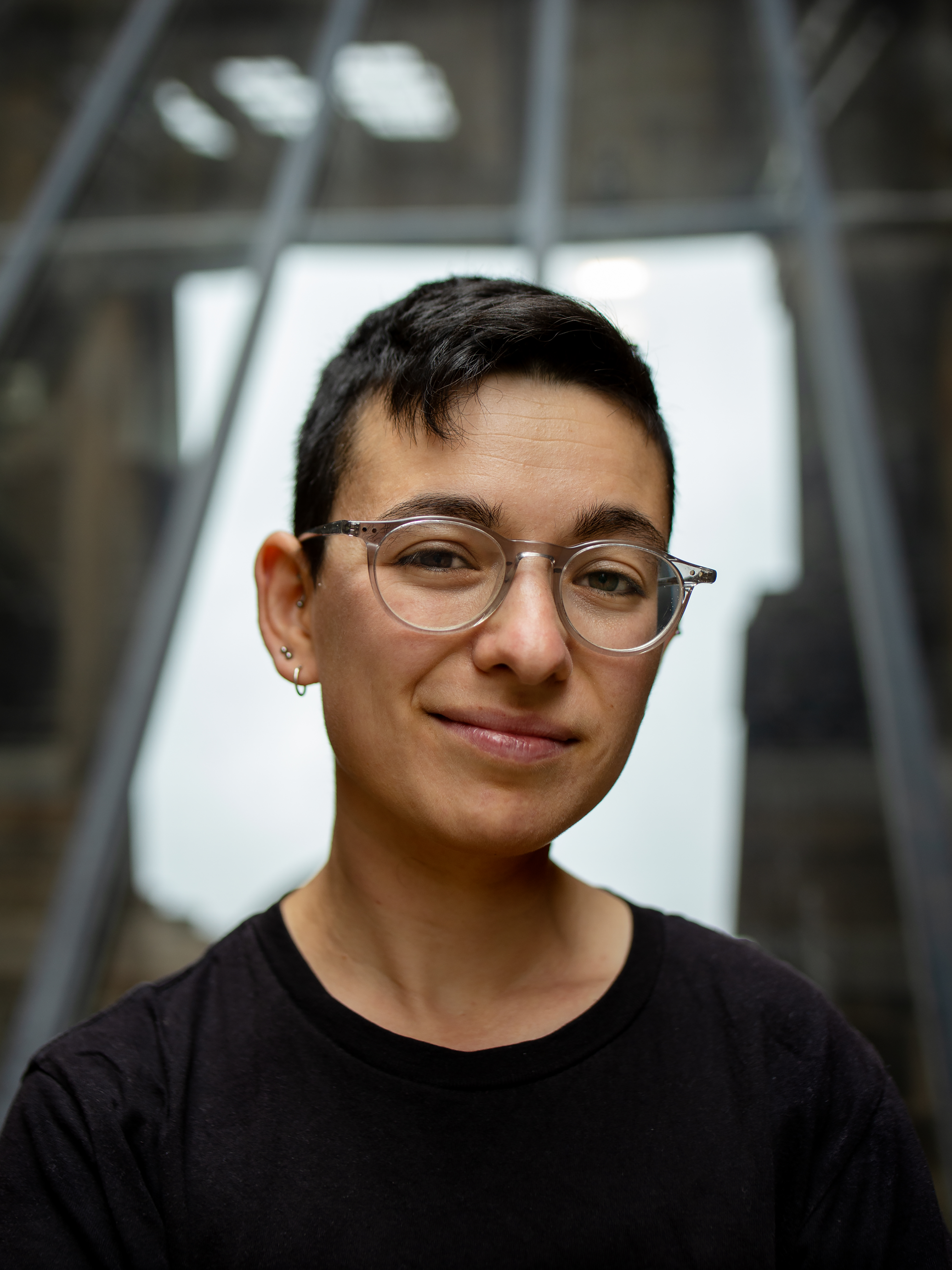How can we speak Hebrew in a non-binary way?!
- Tal Janner-Klausner

- Jun 16, 2022
- 2 min read
A quick guide
The challenge
Hebrew is a binary gendered language. That means that all nouns and adjectives, as well as almost all pronouns, verbs and preposition forms have either masculine or feminine grammatical gender. You pretty much can’t say a sentence in Hebrew without using M or F grammatical gender! As well as giving Hebrew learners a lot to remember, this is a challenge for nonbinary speakers of Hebrew, and for anyone speaks with us or about us.
Current options
So what can we do? Nonbinary Hebrew speakers have a few different ways to express ourselves in the language.
First of all, it’s important to remember that pronouns and grammatical gender do not necessarily reflect the speaker’s gender identity, especially when the language as it currently is does not fit what we need from it.
With that in mind, a few strategies that are used today:
1. Mixed grammar “lashon me’urevet” לשון מעורבת
This is the most widely-used and visible option. It means sometimes using masculine forms and sometimes using feminine forms. It doesn’t need to be 50/50, and the gendered forms used do not necessarily reflect how the speaker is identifying in a given moment. Lashon me’urevet can be written using a dot inside the word (like תלמיד.ה talmid.a) to represent all genders, or by alternating use, as with speaking.
2. “Pick a side”
Many nonbinary Hebrew speakers will choose to speak either with masculine forms or feminine forms, with the understanding that this does not fully reflect their gender.
3. Plural
Some speakers, influenced by the visible use of “they” in English, use the masculine plural form תלמידים talmidim or the feminine plural תלמידות talmidot to express themselves.
Each of these options is a compromise in it’s own way. So some people have worked out an altogether new system:
The Nonbinary Hebrew Project
The Nonbinary Hebrew project came up with a gender-neutral (or “gender expansive” מגדר רחב) third option, mostly based on the sound “eh”, for example:
תלמיד talmid – student (M)
תלמידַה talmida – student (F)
תלמידֶה talmideh – student (NB)
You can check out the grammar tables on their website for more information. This is a great new option for expressing nonbinary gender in Hebrew! Keep in mind that this project is based in the US and is currently almost unknown to Israeli speakers of Hebrew. It also requires using the diacritical vowel symbols (nikud) when writing it.
What should I use?
Well, you can choose to use whichever option works best for your priorities and context! We encourage you to try a few options out, practice them, and see what feels most comfortable. Language is constantly changing and developing, and learners are also part of these exciting changes.
How to ask?
Finally – how can we ask what pronouns, or what grammatical gender, someone uses, without already assuming their gender?!
The polite and usual way to ask in Hebrew is:
מה לשון הפניה?
ma leshon hapniya? – what is the form (“tongue/language”) of address?
Or
באיזו לשון לפנות?
b’eizo lashon lifnot? - in which form should I address you?
An earlier version of this post appeared here



Comments